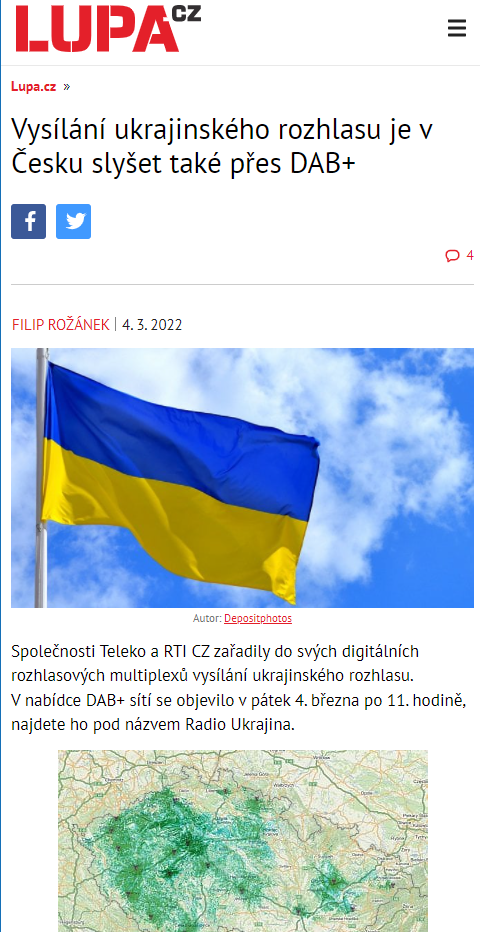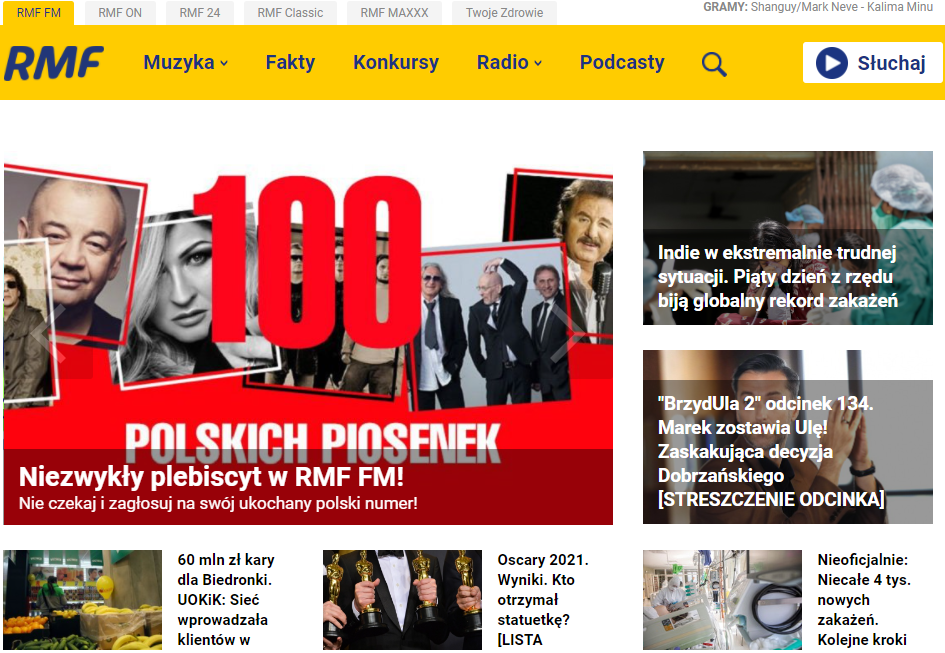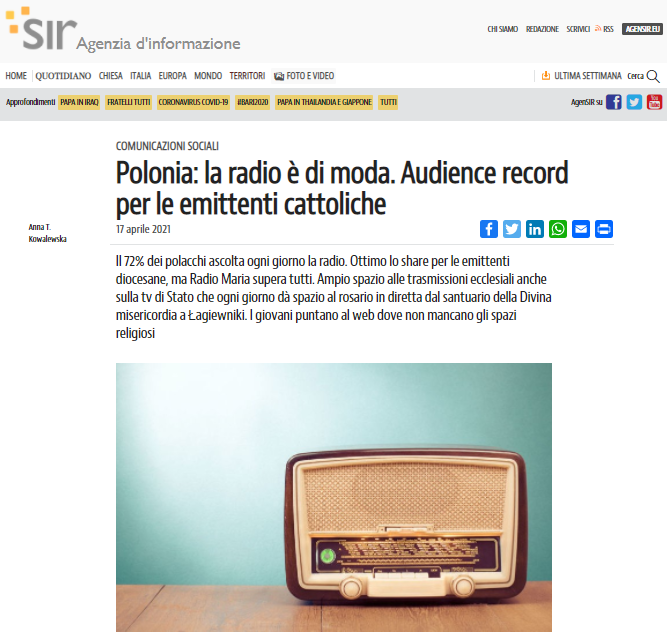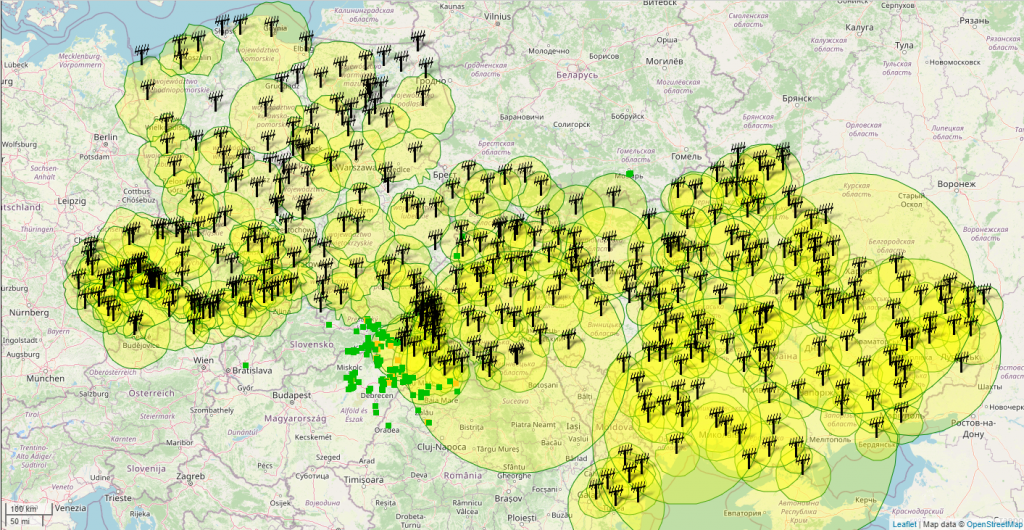
Source
To counter possible damage to its FM repeater network, Ukraine has switched back on some radio stations operating on medium waves. They had been switched off in 2018, like so many energy-intensive installations supplanted over the years by the frequency modulation network, which has the advantage of offering better audio quality. But reactivating them has become strategic because they are installations that can serve large areas of the country and are often located in areas far from those affected by the conflict, and could operate undisturbed. Of the six reactivated, mainly between 24 and 26 February 2022, only one was damaged. They all broadcast the first programme (UR1 Pershiy Kanal).
Rumours coming from the back
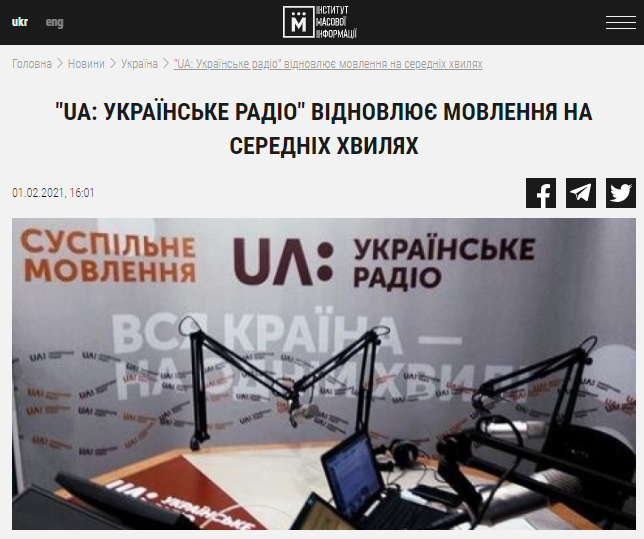
Source
549 kHz from Mykolaiv (Миколаїв) (100 km east of Odessa) with 400 kW: reactivated on 24 February 2022, on air until 6 March 2022 (it had been off since 1 January 2022).
657 kHz from Chernivtsi (Чернівці́) (400 km south of Kiev, near the border with Romania) with 25 kW: reactivated on 26 February 2022 (no longer active since 1 February 2018).
837 kHz from Kharkiv (Ха́рків) (150 kW): on-air since 25 February 2022, discontinued the next day (had ended broadcasting on 1 February 2018, broadcasting the cultural programme UR 3 Radio Kul’tura).
873 kHz from Chasiv Yar (Часів Яр) (25 kW): this is in the Donetsk region, in the self-proclaimed Doneck People’s Republic (it had been off the air since June 2017).
1278 kHz from Kurisove (Курісове), near Odessa (100 kW): reinstated on 8 March 2022 (it had been broadcasting the cultural programme UR 3 Radio Kul’tura until 1 February 2018).
1404 kHz from Izmail (Ізмаї́л) (in the Odessa region, but close to the border with Romania): restored since 26 February 2022.

